
You’ve heard it before: “A picture is worth a thousand words.” When you design a subscription box, no saying could be more relevant.
Designing your own box for personal use can be a fun and exciting experience. But if you’re thinking of creating an online business out of it, then there’s a lot more to consider. Just like how eCommerce sites want to provide the best shopping experience for their customers, you’ll want to make sure that your packaging is up to par. This article will list the crucial steps in designing a subscription box.
The Purpose and Importance of Subscription Box Design
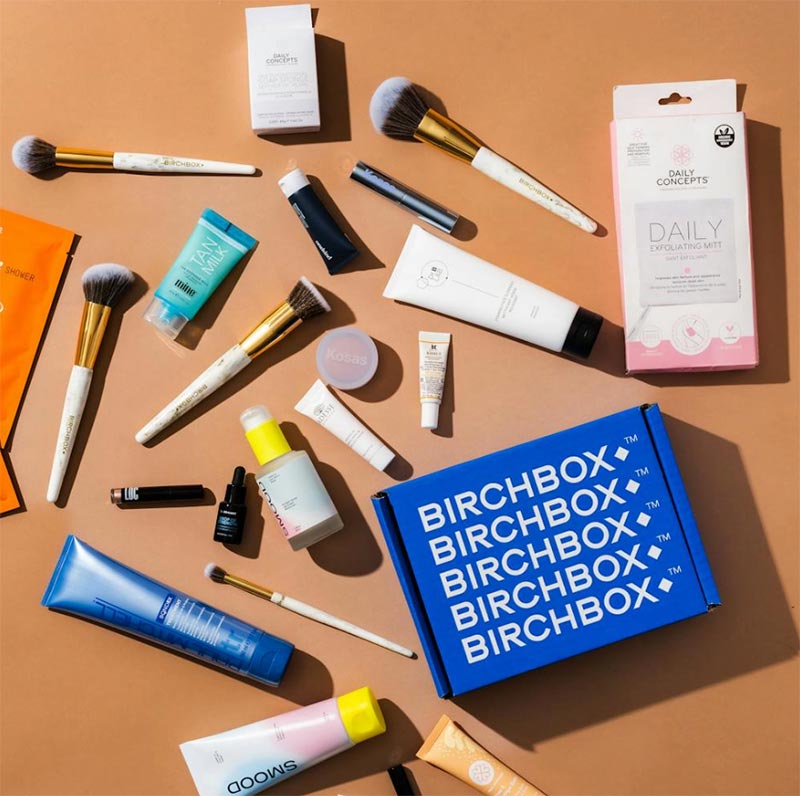
Your subscription box’s design is crucial. It encourages users to open it and see what’s inside, much like a book’s cover.
To run a subscription service, you need to have incentives. You need something that convinces people to buy your subscription and stay on it. One way to accomplish this is to showcase your beautiful packaging design. Not only does this reflect your overall brand, but it also provides users with an experience when receiving your products.
It’s no wonder, then, that the subscription box industry has exploded in recent years. Every day, thousands of people are lining up to get their own decorative boxes filled with carefully-placed niche products. Since 2014, these services have increased at a rate of 890%. It has truly become the trendiest thing to create for subscription-based services.
As it turns out, even as adults, we still love that magical feeling of opening up a present. We just prefer it in a different context. So if you want to know how to give your customers that same feeling, then read on.
[in_content_ads gallery=”logos” logo=”on” title=”Need graphic design help?” subtitle=”Try Penji’s Unlimited Graphic Design and get all your branding, digital, print, and UXUI designs done in one place.” btntext=”Learn More” btnlink=”https://penji.co”]
Consider The Packaging Materials
The first thing you need to keep in mind is the packaging materials. You may think the process is as simple as throwing your items in some pretty box, but there’s much more to it. Subscription boxes come in many unique variations:
Mailer Box
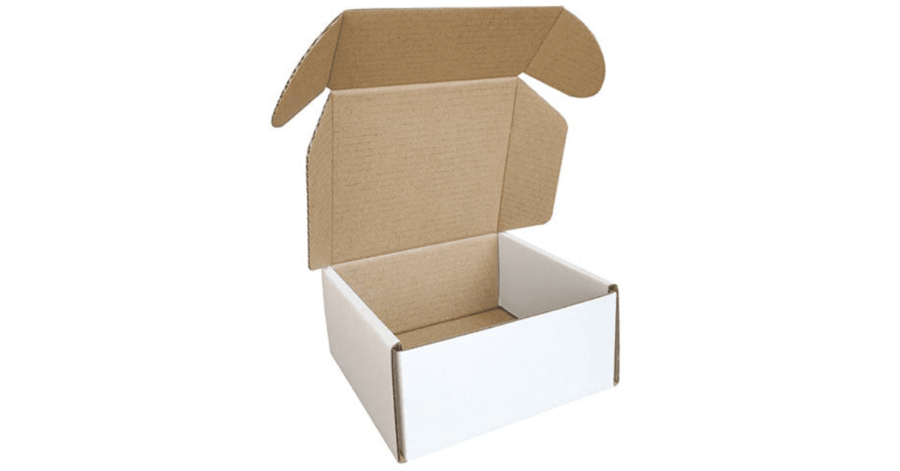
This is a paper board package that’s designed for medium-sized items. Known to be durable, mailer boxes will usually protect your products with ease. Furthermore, they’re shaped in a way that allows users to seamlessly open and see an instant display of products. While they’re commonly used as retail gift boxes, they are also best for e-commerce and subscription services. The mailer box is probably the first thing you think of when you hear the term “subscription box.”
Shipping Box
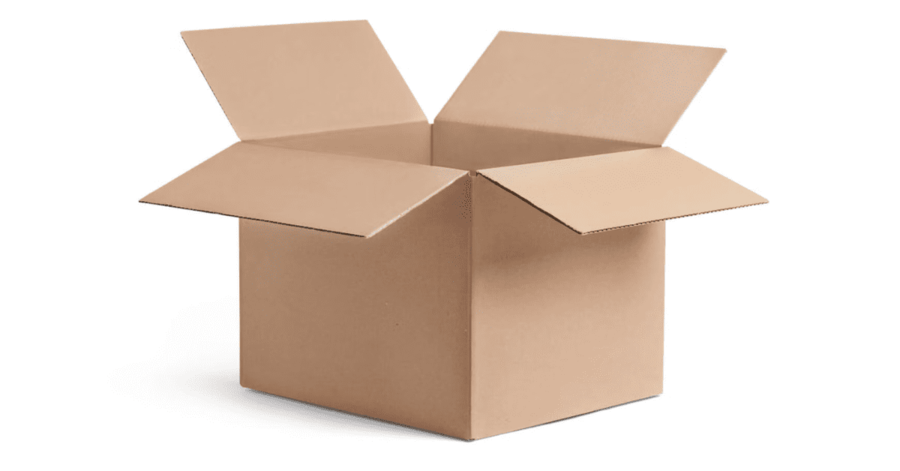
If you would like to store bigger items, or you’re shipping a larger group of products, then a shipping box is your best option. Shipping boxes are made from corrugated fiberboard. This type of material is even more protective than the mailer boxes, as they store heavier or bulkier items.
If your focus is on protection, then this is also a very good option for your company. While they may not look as pretty as the former, they can still be decorated in a way that matches your branding.
Folding Cartons
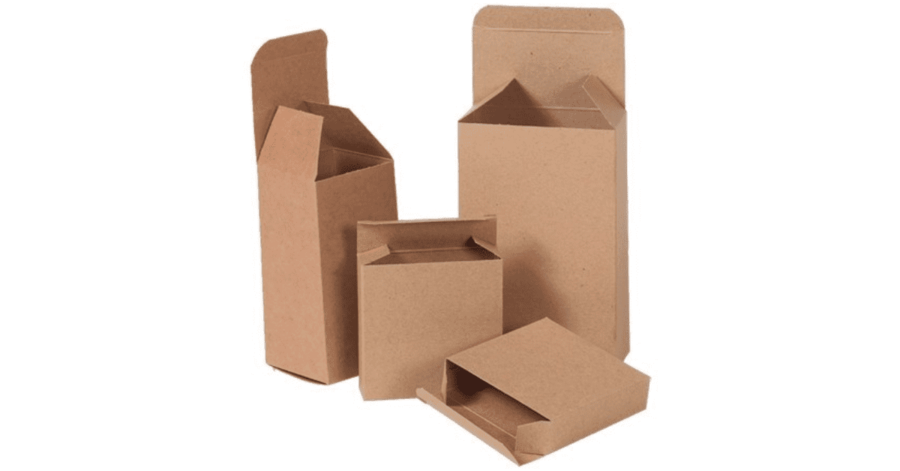
Constructed from paperboard, this is a much leaner and flatter option than your average mailer or shipping box. They’re made of a lightweight paper-based material, which makes them great for beauty products or any brand that sells smaller items. They also come in a variety of shapes.
While they’re not generally recommended or subscription services, your brand may need something a little out of the ordinary. If you’re selling small products that are made to handle the shipping process, then folding cartons may work. If you feel that your products need more protection, then I’d go with something else.
Padded Bubble Mailers
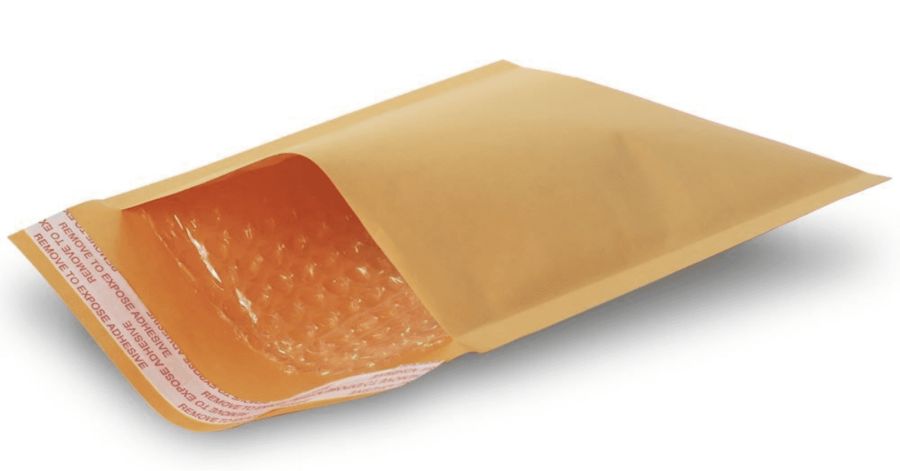
Padded bubble mailers are for super duper tiny items. Maybe you’re selling these itty bitty makeup products, such as eyeliner, lipstick, or an individual eyeshadow palette. Perhaps you’re selling tiny jewelry that doesn’t need the extra space of a mailer box or even a folding carton. This is where padded bubble mailers fill in the gap.
Because the packaging material is so small, you can end up saving on shipping costs. They can be designed in a variety of ways to make your brand stand out. The unfortunate catch is that padded bubble mailers don’t provide a ton of protection. Only use this if your items are made with durability in mind.
Use Imagery to Your Advantage
Now let’s get into the fun part—imagery. Whichever sort of packaging material you use, you always want to fill the outside (and inside, if you can) with branded imagery. There are many methods and strategies to go about this. So many, in fact, that if I wrote everything out for you, you’d be reading this article forever. So, to make things simple, here are the basics of graphic design for packaging.
Logos
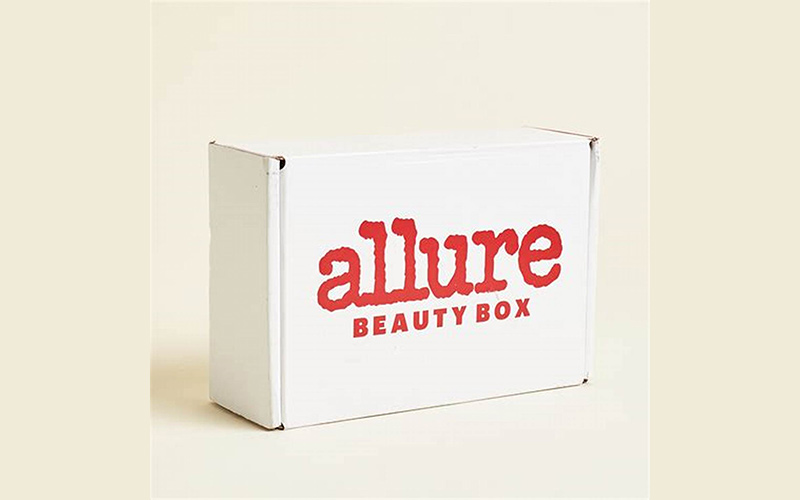
Being an extension of your overall brand, a subscription box must have your logo in clear view. Your logo is the face of your company; it’s the number one thing that separates you from any other company.
So when you design a subscription box, the first question you should ask is where the logo should be incorporated. Of course, this largely depends on the material being used. In most cases, the logo should be placed in a way that’s noticeable as soon as your customer opens their package. This is why you’ll usually see logos right at the top of your average mailer box. When a person goes to open it, that logo will be the first thing they observe.
When people see your company’s name or logo again, they should instinctively associate it with the recent subscription box they’ve received.
Colors

In a previous article I spoke on color theory, and how it affects a company’s webpage design. The truth is, that color theory affects just about every facet of the branding process. This means web pages, logos, and even the products themselves. In the case of designing a subscription box, one should always use colors carefully.
Your design will need to amplify the logo and the products while still appealing to your target demographic. If your logo’s color scheme is blue and white, you wouldn’t want the box to be green and red. Conversely, if the products inside are pink, you’d want your box to incorporate some of that color.
Vectors

Lastly, we have to talk about vectors. Any professional subscription box must have high-quality images, and using vector graphics is the number one route to take. This will ensure that all photos look clear as day to whoever receives the package.
Utilize Your Dielines
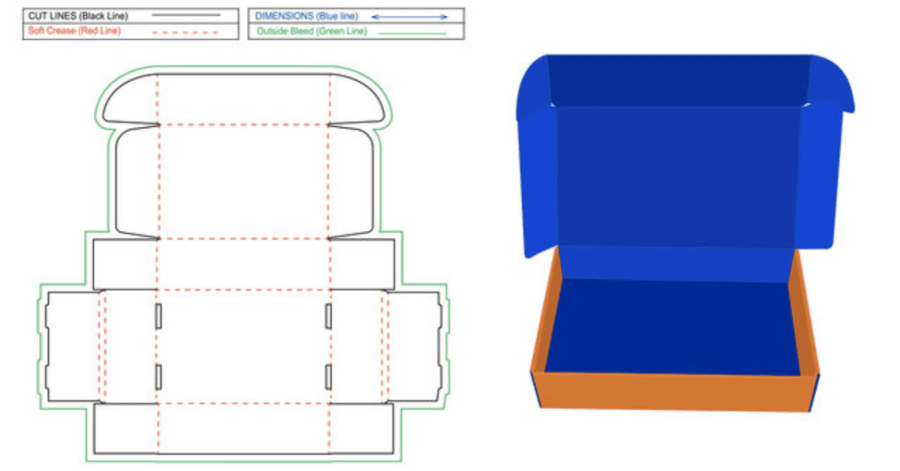
Now it’s time to get into the technical stuff. If you’ve studied packaging at any point in your life, you’ve probably seen an image like this—a flat design that looks almost like a blueprint for a box. This is actually called a dieline. It’s exactly what it looks like: a 2D template that shows how your subscription box design will look when unassembled. It’s basically your design put into a more simple format. All the details are clearly shown without having to twist and turn a 3D object.
I cannot stress enough how important dielines are. They help so many people in the process of designing a subscription box. First off, dielines make sure everything is positioned correctly. It shows equipment operators where and how to place everything. Equipment operators tend to have a pretty tight schedule, putting together a multitude of products every day. So it helps tremendously to know exactly where to adhere and fold the box together.
When showcasing your subscription box design to a manufacturer, make sure to have a dieline ready for use.
Printing Methods

Much like packaging materials, printing methods also come with a variety of options. Let’s go over them.
Digital: Digital printing describes when a machine mixes the ink and applies it directly onto the box. This is often high-priced and good for smaller orders.
Flexographic: Flexographic printing is the most commonly used method. It’s when a printing plate is spun around while attached to a rotary drum. It then picks up the ink and stamps it right onto your box.
Lithographic: Lithographic printing functions quite like wallpaper. It’s when you print onto a high-quality paper, then place the material onto the box with adhesive. If you choose to go this route, be sure to use a quality provider. In most cases, it will come out very nice. But you’re not careful, it could end up looking like a kid’s arts and crafts project.
Choosing a Size
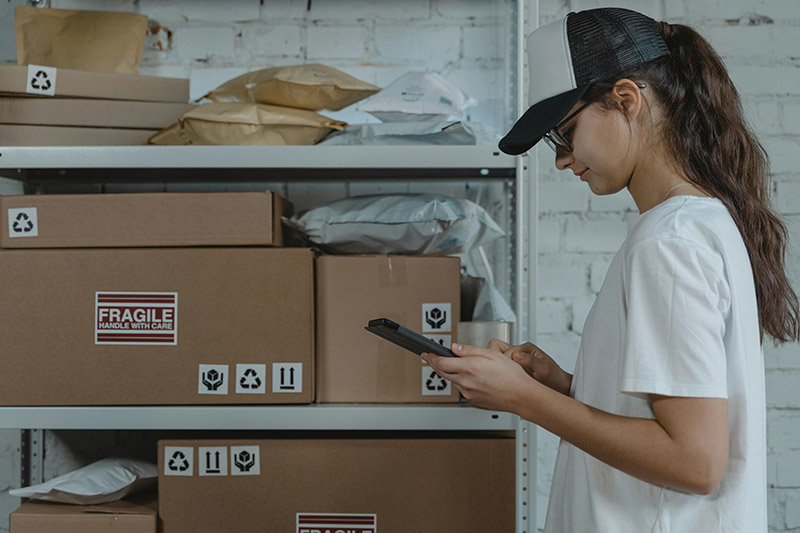
The measurements are extremely important when you design a subscription box. It determines a ton of factors in the manufacturing and shipping process. This includes the shipping cost, as well as what exactly can fit inside.
This process, understandably, can turn into a stressful event for the designers. Here’sr a simple list of things to ask yourself when determining your box size.
– What’s my budget looking like?
– How much do I plan on giving my subscribers?
– What type of packaging do I plan on using?
– What is the size of my items?
– How hard will it be to ship my items in my chosen box?
The dimensions of your subscription box will have a huge effect on the presentation. Do you want the box to be big enough to fit every item? You may also want space to decorate the inside, and place items in an aesthetically pleasing way.
That being said, you’ll also want the box to be small enough that products don’t fall over or get ruined in the process. So yeah, there’s a lot to consider here. You can always consult other designers and people who work in manufacturing for help with this.
Consider The Arrangement
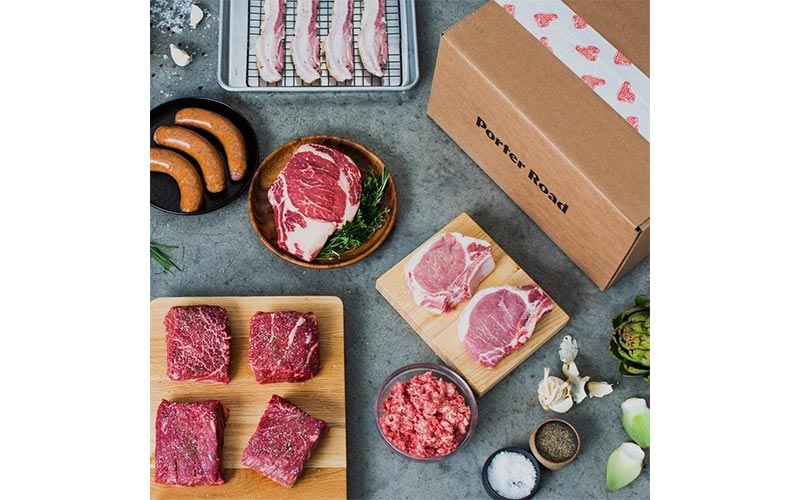
Remember when I mentioned earlier that opening a subscription box is a full experience? The end result of that experience should always be a nice display of purchased products.
How exactly do you go about this? While some people have a natural eye for these things, others may need a little practice and a few tips.
I recommend starting with the bigger items. You want to place those in the back or at the bottom, depending on the shape of your subscription box. Shorter and smaller items should be placed at the top or in the front. Most importantly, you want to arrange them in a way that makes each product visible. To fill in those awkward little spaces, use tissue paper, shred, and other decorative materials.
Feel free to play around with the arrangement until you get it just right. It may take a little trial and error, but it can be the most fun part of the process.
Additional Protection Tips
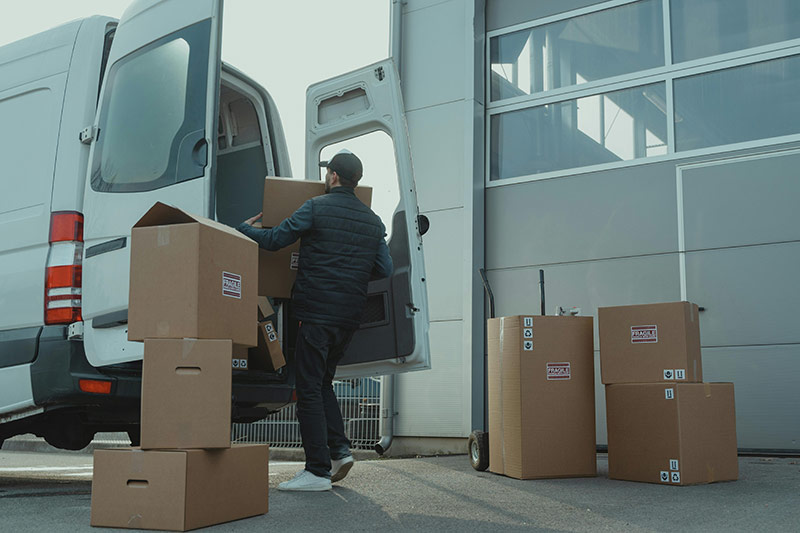
While this doesn’t directly concern the design, here are some quick tips to keep your beautiful creation safe.
– Create a list of shipping requirements for your boxes.
– When choosing sizes, remember to give realistic weight limits. This way your poor boxes will have less chance of becoming damaged, especially by their own products. Imagine how embarrassing that would be.
– Take the shipment prices into heavy consideration. Subscribers may be dissuaded from paying extra shipping costs.
Thinking About Box Packaging Services?
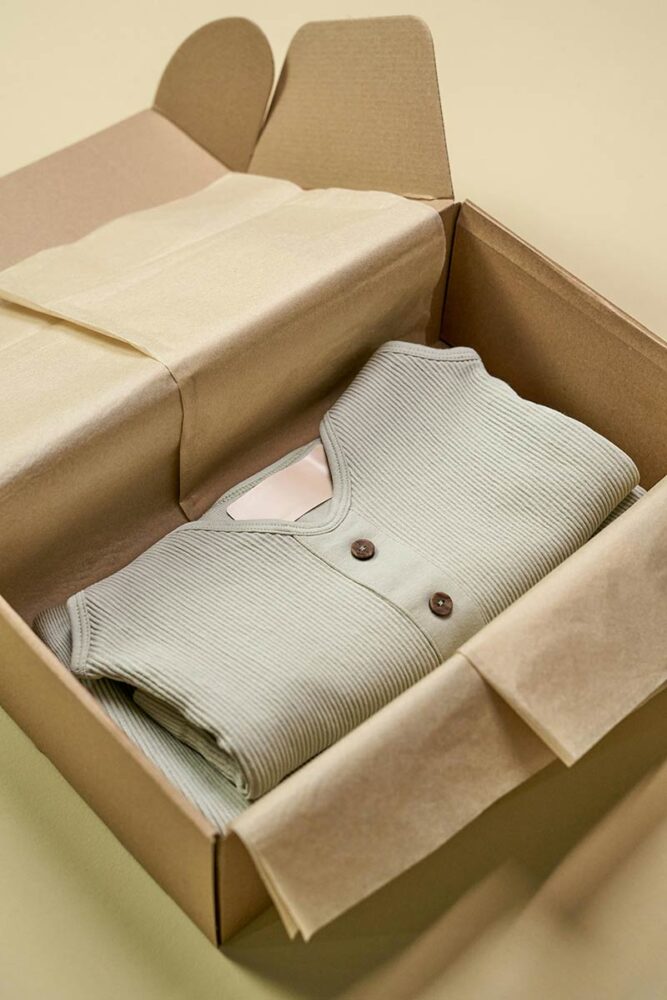
If you’re super busy, or just too lazy to create your own boxes, then no worries. Here are the box packaging services we recommend:
Let us Help You Design a Subscription Box
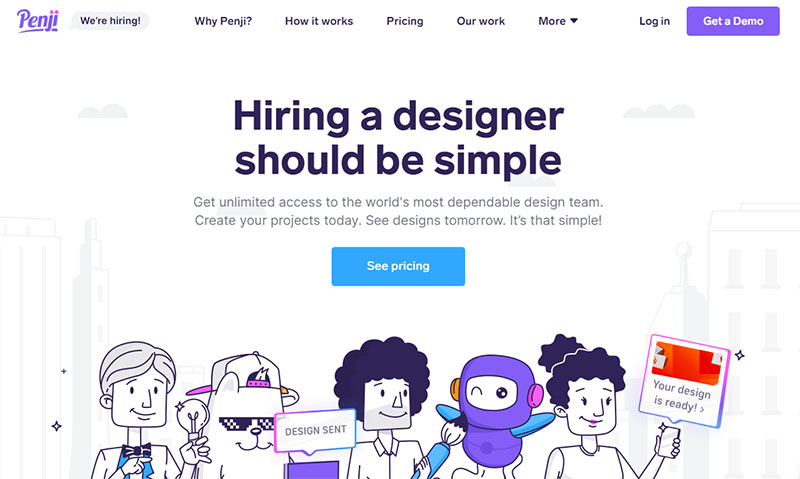
Let’s say that you only need help with the imagery. If you want someone else to add color, images, and/or logos to your subscription box, then you’re already in the right place. Penji is a graphic design service. We do all kinds of designs, including typography, web design, and yes, even packaging design. Better yet, we only hire the top 2% of artists to apply for our positions. That means that you are guaranteed quality work from us.
Penji offers unlimited designs at a fixed monthly price. If you’re a company that has any other projects that require designers, we’ve got you covered. Ready to learn more? Visit our homepage and get started today.
About the author
Table of Contents
- The Purpose and Importance of Subscription Box Design
- Consider The Packaging Materials
- Use Imagery to Your Advantage
- Utilize Your Dielines
- Printing Methods
- Choosing a Size
- Consider The Arrangement
- Additional Protection Tips
- Thinking About Box Packaging Services?
- Let us Help You Design a Subscription Box











